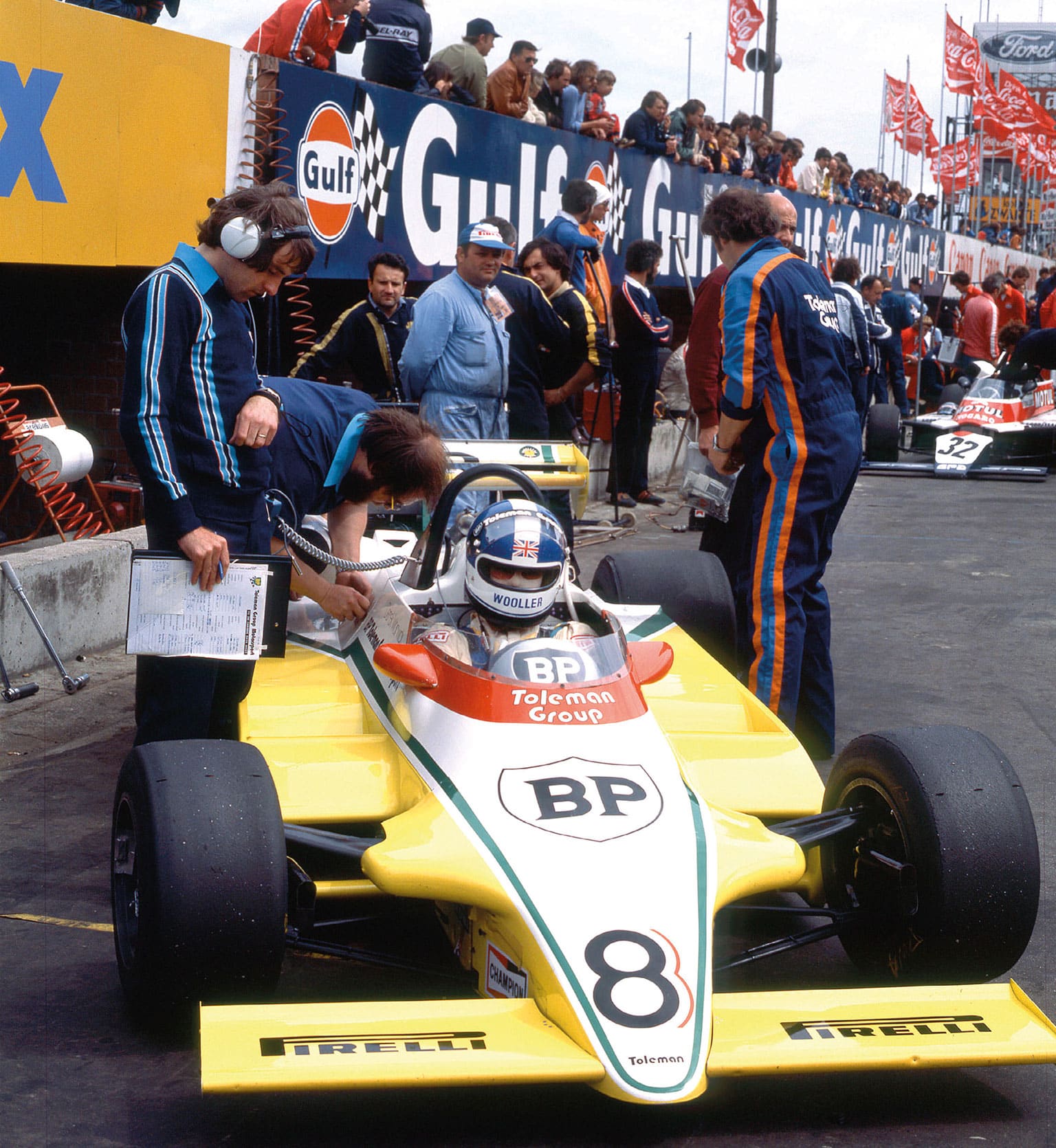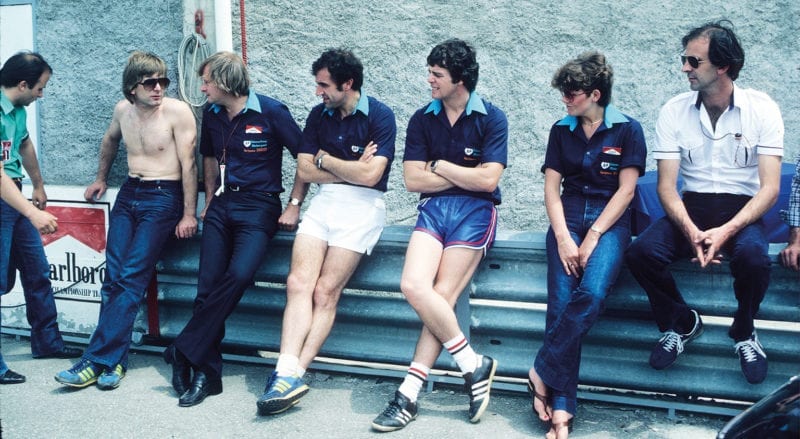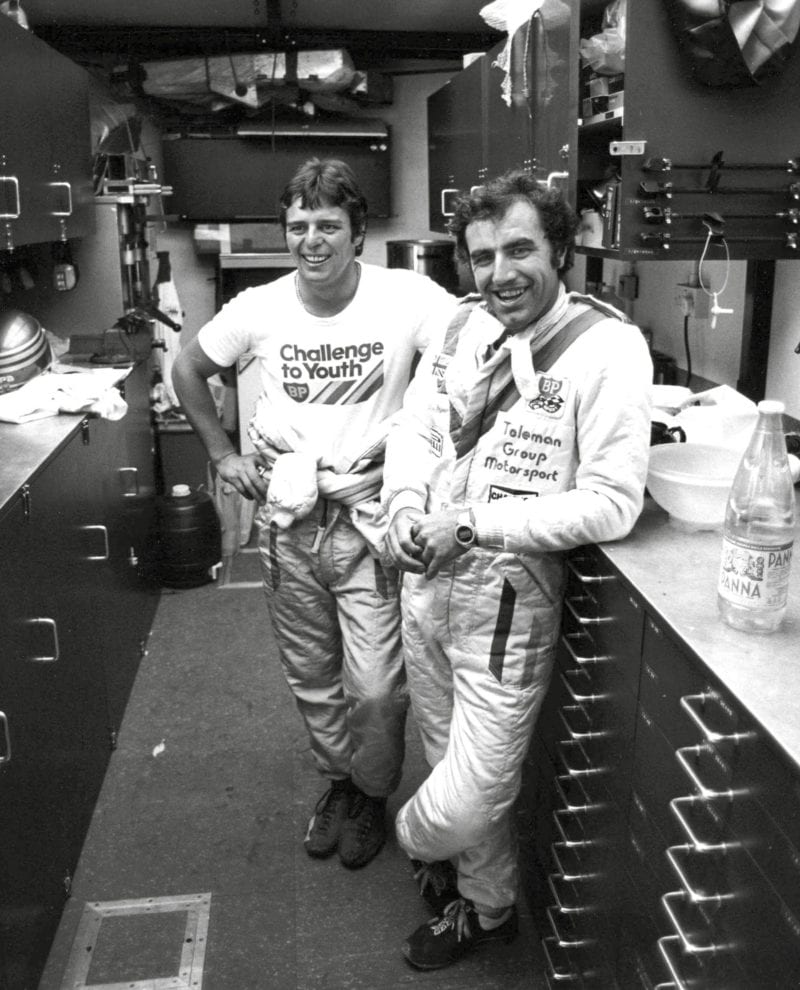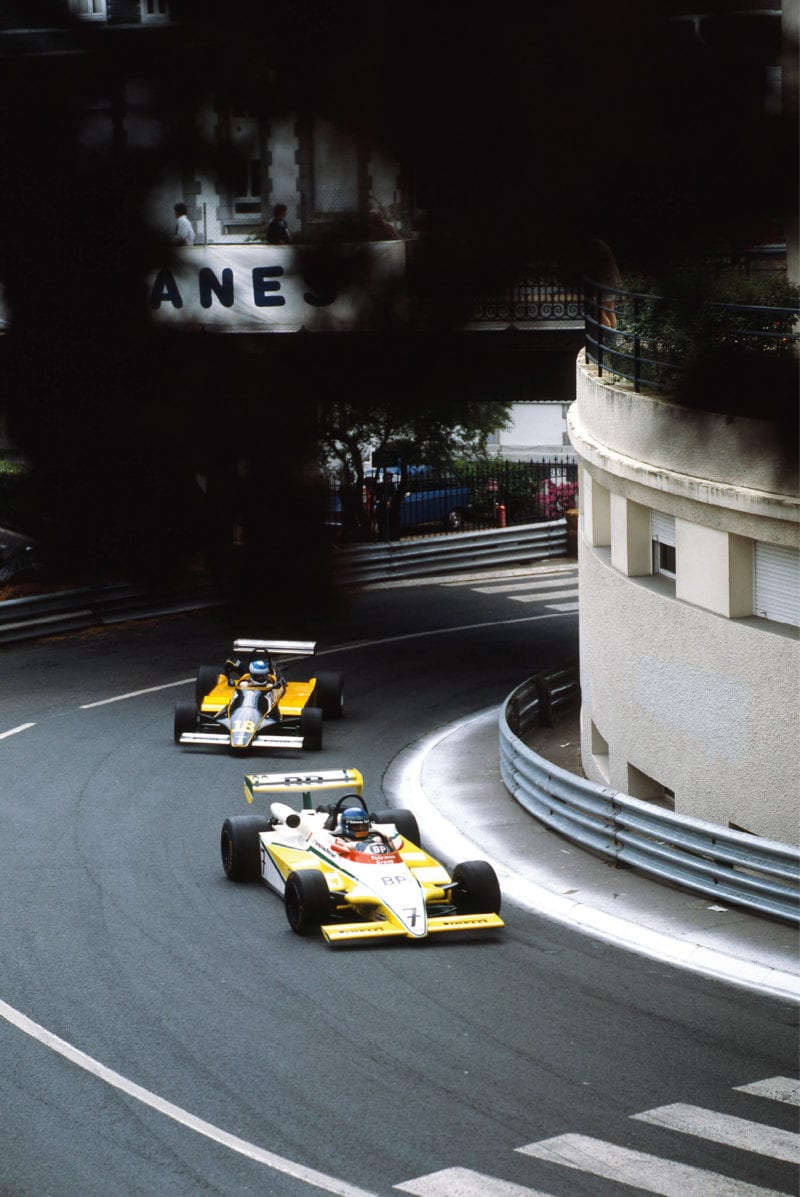The big shock for us, just as we started the tyre test programme, was South asking Rory if he could be excused for a day as he had another engagement elsewhere. What none of us knew was that he’d be testing a McLaren M29 F1 car at Paul Ricard. His actions led to him being sacked with immediate effect as we saw the story in the French sporting newspaper L’Équipe the next day. It was unfortunate but understandable. Who his replacement would be became a major talking point and Tiff Needell, who’d raced for the team in the final Hockenheim F2 race in 1979 and might have finished on the podium if it weren’t for an engine issue, was told by Alex to fly out to Mugello to join Warwick for the tyre test programme. Tiff enjoyed a better ‘audition’ at a Silverstone test, but it was almost inevitable that without South, the driver best suited to the task of winning the European title would be Henton.
Although no longer a ‘coming man’ at 33, Henton was the best British driver on the market at that time. Brian was eight years older than Warwick and, by Derek’s own admission, racing beside him would be the making of the ex-Superstox world champion.
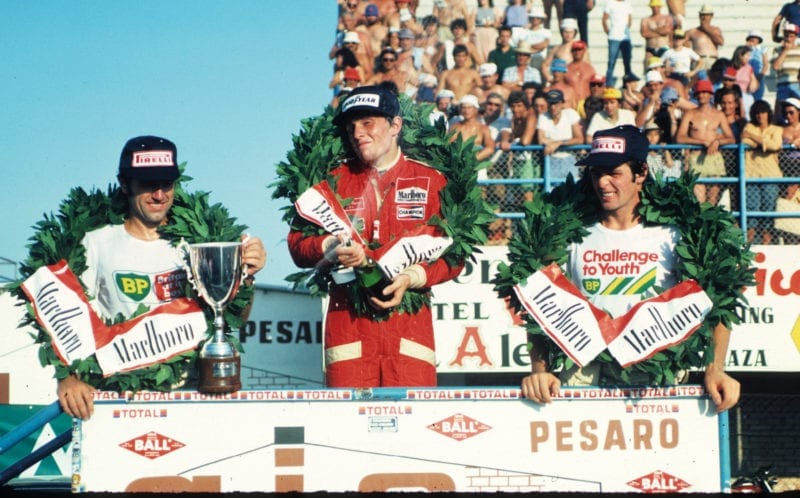
Henton (on left) won the title at Misano, where he finished second
I remember arriving at Thruxton for the opening race of the 1980 F2 season in confident mood. Our pre-season testing had been encouraging and despite Henton damaging his brand-new race car in unofficial practice when he tangled with a spinning Manfred Winkelhock, we’d regrouped by the time official practice had started. Alex was understandably nervous, smoking like a chimney and pacing around. But he didn’t need to be. The Pirelli race tyre proved better suited to the warmer weather on race day and, while Brian and Derek strolled to an emphatic 1-2, the Goodyear runners found their tyres degrading after 10 laps.
A week later, our rivals March, BMW, Goodyear and Teo Fabi redressed the balance at Hockenheim and also at a wet Nürburgring, where the Pirellis weren’t quite up to spec. But Henton finished second in both those races. His consistency and eye for the prize that had eluded him the previous year allowed him to build on his championship lead. Brian Hart’s 2-litre bespoke 420R engines, first produced in 1974 and effectively designed while sunning himself on a beach in Malta, were certainly up to the task in every department. They matched the BMW for horsepower and, being made of alloy, were lighter too.
It would be fair to say that March, BMW and Fabi never gave up the battle in 1980, but the Toleman cars were just so reliable and fast. When the tracks suited Pirelli more than Goodyear, Brian and Derek would disappear off into the distance with the never-say-die Andrea de Cesaris always giving his best to hang on. Eventually he got his moment of glory at Misano. That was the race where Brian and the team clinched the championship with Derek a confirmed runner-up with a race to go.
We enjoyed the week leading up to Misano; the vibe was very different from the previous year. Pirelli was understandably happy seeing all its hard work pay off, particularly when two of our customer cars driven by Huub Rothengatter and Siegfried Stohr, run by the Docking-Spitzley team, had also won at Zolder and Enna, giving the TG280 six wins in total.
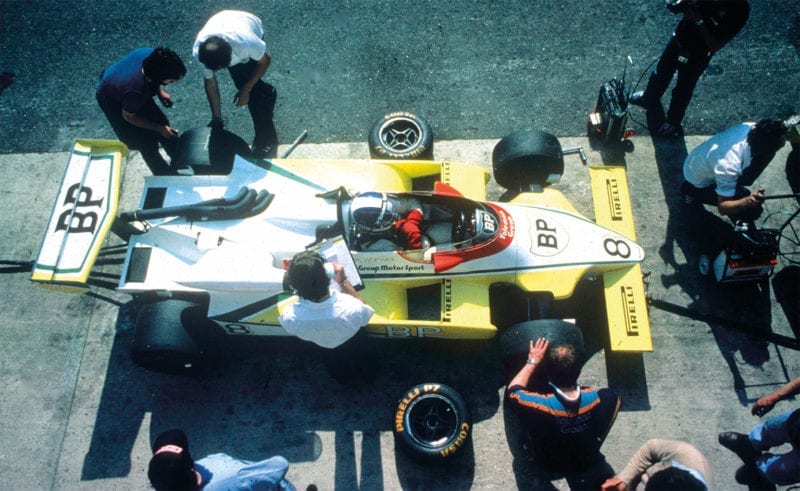
Warwick was often quicker in practice
On the track, Derek was often the faster of the two in practice but Brian had the experience to be the quicker on race day. He switched to a new chassis mid-season at Silverstone as Rory had come up with a new rear suspension design that took the springs and dampers up and out of the airstream and repositioned them on top of the gearbox. It was to help both aerodynamics and our straight-line performance. Derek didn’t get the modification until two races later at Mugello, but it didn’t seem to make too much difference because he scored a superb maiden F2 victory at Silverstone that day, while Brian suffered a rare technical glitch. In fact, illustrating the superb reliability we had, Brian finished nine of the 11 races on the podium. Derek also did a stellar job and finished on the podium seven times.
We elected to miss the final round in order to focus on our move up into F1 but the overall performance of those works TG280s in 1980 will long remain a happy memory in my life.
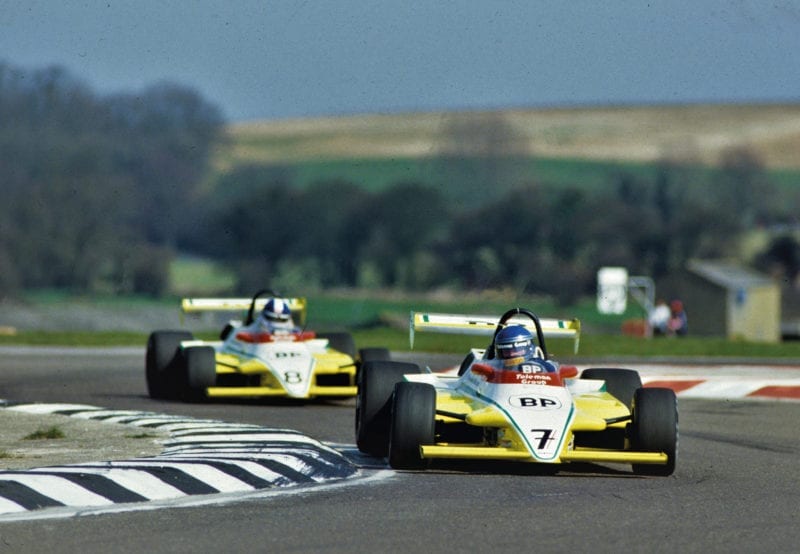
Henton and Warwick kicked off the 1980 F2 season with a fine 1-2 at Thruxton
